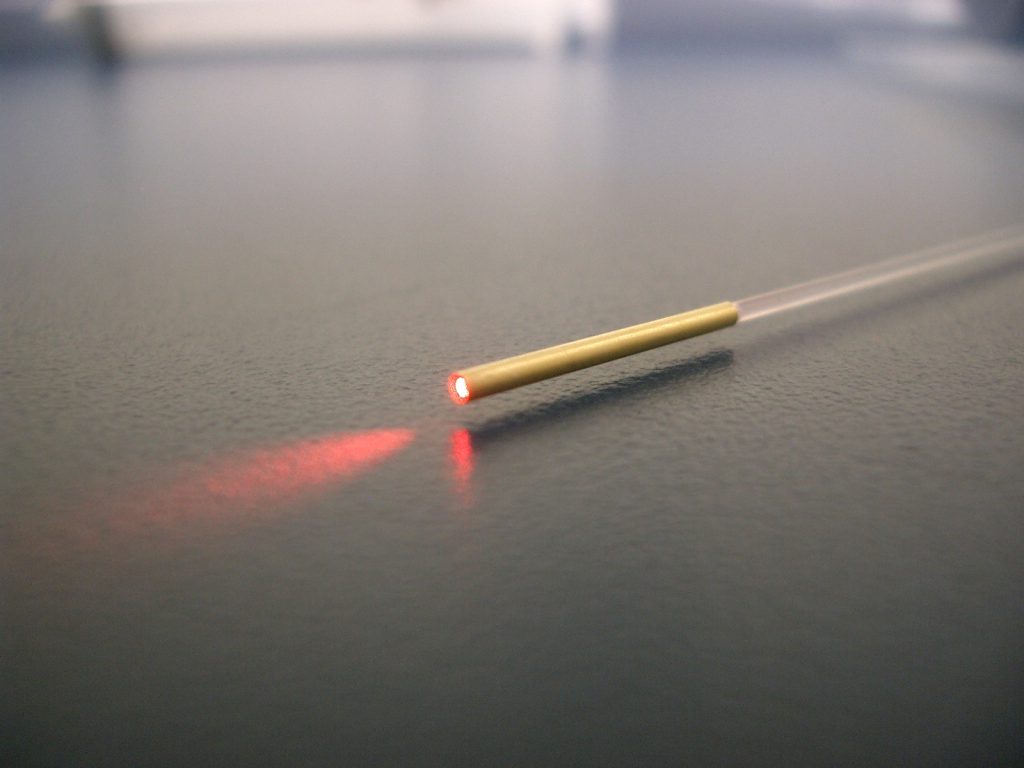Anal warts laser treatment: Procedure, benefits & prevention of recurrence
Anal warts are tiny growths that form inside the anus or on the skin around it. This condition is caused by infection with the human papilloma virus (HPV). Human papillomavirus is the most common sexually transmitted disease (STD), and it is transmitted mainly through sexual contact. Anal warts are a type of genital warts, and they can develop in a single spot, or spread to other parts of the genitals and anal area over time. The most modern and effective treatment method for anal warts is the minimally invasive laser treatment, which is successfully applied by General Surgeons in Athens.
Anal warts, when they are still in an early stage, do not show noticeable symptoms. As the condition progresses, tiny cauliflower-like nodules begin to form. In some cases the size of these nodules can increase to a very large extent covering the anus and the skin around it.
When warts develop, symptoms appear that include bleeding from the anus, the sensation of a foreign body and incomplete bowel emptiness, but also the outflow of fluids from the specific area along with itching. In some patients, the human papilloma virus also causes precancerous lesions or malformations in the anus area. If the condition is not treated while it is in its initial stage, there is the possibility of developing anal cancer.
Anal warts are diagnosed by visual examination of the affected area. The perianal area is thoroughly inspected in order to identify any nodules on the surface of the skin of the anus. An examination that greatly facilitates the diagnosis of anal warts is the high-definition proctoscopy, which helps to identify warts as well as precancerous lesions inside the anal canal. Diagnosis can also be made through a biopsy of the warts.
The appropriate treatment option for anal warts depends on the extent and location of the warts, the judgment of the attending physician and the wishes of the patient. Treatment options include medication, surgical methods and the most modern and effective anal warts laser treatment.
What are the most common treatments for anal warts?
The treatment of anal warts with the administration of medication is only effective in the case of small warts located only on the outer part of the anus. Other treatment options for anal warts are available depending on the extent and location of the warts. These include cryotherapy, where liquid nitrogen is applied to freeze the warts, which then gradually fall off.
Another treatment option is diathermocoagulation, in which an electric current is used to burn the warts. Finally, laser treatment of anal warts uses the energy of a focused beam of light to cause thermal destruction of the warts, and is indicated in difficult cases. If the condition has a significant extent, then the treatment can be applied in different stages. In some cases, surgery is deemed imperative.
Surgery is indicated for large anal warts or for warts located inside the anal canal. For the surgery, a special tool is used, which performs excision of the warts, after giving the patient either general or spinal anesthesia. The choice of anesthesia depends on the extent and location of the warts. The patient returns home the same day after the surgery to treat the specific condition, while pain medication is prescribed.
How is laser treatment for anal warts performed?
Laser treatment for anal warts uses a focused beam of light to effectively treat the condition, and is indicated for hard-to-reach areas such as the anus. The type of laser most often used in this case is the Pulsed-Dye Laser. Laser wart removal works by destroying wart cells that are showing excessive growth. Because of its precision, it avoids damaging the surrounding skin, which would be necessary with other treatment methods, such as surgery or cryotherapy.
The laser energy heats the blood in the vessels located inside the wart and then destroys them. Without blood supply, the warts atrophy and then fall off. The thermal energy of the laser simultaneously fights the virus responsible for the growth of the wart. Complete healing is achieved within 2-4 weeks, while the patient does not feel pain postoperatively. Anal warts laser treatment is an ideal method for treating extensive warts, with excellent success rates.


